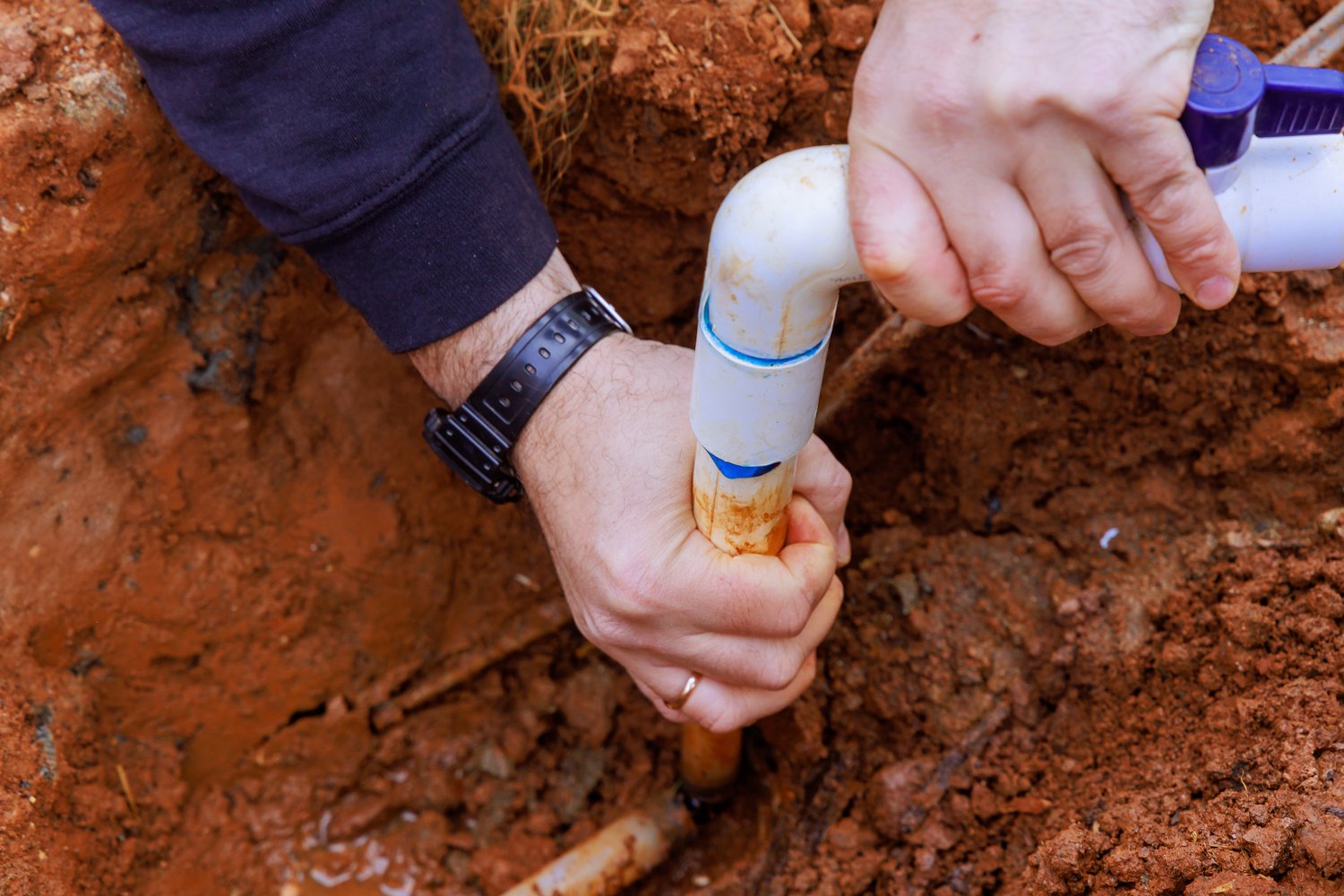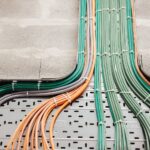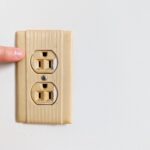Unseen and unchecked, hidden plumbing leaks are a notorious nuisance that can lead to significant damage if not swiftly identified and resolved. With their ability to disrupt your daily routine and inflate your water bills, understanding how to detect and address these elusive leaks can make all the difference in maintaining a well-run establishment or home.
- Common Causes and Early Signs: Explore the most frequent culprits of plumbing leaks such as pipe corrosion, loose connections, and environmental influences.
- Advanced Detection Techniques: Discover how thermal imaging and acoustic listening can revolutionize your leak detection efforts.
- Methods for Walls and Ceilings: Gain insight into specialized tools like moisture meters and inspection techniques to uncover leaks hidden within your walls and ceilings.
By mastering these detection methods, you can not only save time and resources but ensure the longevity and efficiency of your plumbing system. This guide will empower you to tackle mysterious leaks head-on, paving the way for a more secure and cost-effective environment. Dive into the full article to equip yourself with practical solutions and prevent future plumbing headaches.
Understanding Plumbing Leak Sources: Common Causes and Early Signs
Plumbing leaks can occur for various reasons, but certain issues remain the most prevalent. Pipe corrosion is a frequent culprit, especially in older plumbing systems where rust or mineral buildup weakens the pipes over time. Corroded pipes are susceptible to cracking and leakages.
Loose connections between pipes or fittings can also lead to leaks. These can be a result of poor installation or natural wear and tear. Checking these connections regularly is essential to prevent potential leaks.
Environmental factors, such as ground movement or temperature fluctuations, can place stress on pipes. This stress may lead to cracks or breaks, especially in colder climates where water expands as it freezes, causing pipes to rupture.
Early signs of plumbing issues include damp spots on walls or ceilings, which may indicate hidden water leaks behind structural surfaces. An unexpected increase in your water bill might signal a leak, as continuously running water contributes to higher costs.
It’s crucial to address these signs promptly to prevent extensive water damage. Understanding common causes and early indicators helps take corrective action efficiently.
Advanced Detection Techniques: Thermal Imaging and Acoustic Listening
For a precise and efficient resolution of hidden water leaks, deploying modern technologies is invaluable. Thermal imaging cameras are exceptional tools for this task. These devices detect temperature variations behind surfaces, highlighting areas with unusual heat patterns caused by leaking water. This method allows for non-invasive leak detection, preserving the integrity of your walls and floors.
Another innovative solution is the use of acoustic listening devices. Designed to identify the distinct sound of water escaping from pipes, these devices can lock onto specific frequencies indicative of leak presence. Acoustic detection aids in precisely locating leaks without unnecessary property disruption.
Both thermal imaging and acoustic listening provide accurate and reliable solutions to uncover hidden leaks. Incorporating these advanced techniques ensures timely identification and repair, maintaining your plumbing system’s efficiency and preventing further complications.
How to Find the Source of Mysterious Plumbing Leaks: Detection Methods for Hidden Water in Walls and Ceilings
Uncovering hidden plumbing leaks in walls and ceilings is crucial to preventing further structural damage and costly repairs in your home. To effectively detect these elusive leaks, it is essential to employ a combination of traditional inspection techniques and advanced leak detection tools.
One of the most reliable tools for locating water leaks behind surfaces is a moisture meter. These devices measure the moisture content within materials, allowing you to pinpoint damp areas that may indicate a leak. Moisture meters are especially useful in identifying hidden leaks by detecting anomalies in walls and ceilings.
In cases where you notice visible water stains or discoloration, these could be strong indicators of a leak source. Look for irregularities in paint, bubbling, or peeling wallpaper as these signs often hint at prolonged water exposure. Performing a thorough visual inspection is the first step in assessing potential leak areas.
Another effective technique is conducting a thorough inspection using light and touch. By feeling walls and ceilings for unusual cold spots, you can identify areas where water might be pooling. Additionally, using a flashlight to cast oblique light against surfaces can reveal subtle bulges or warping that might otherwise go unnoticed.
Using these detailed strategies for leak detection ensures that you stay ahead of water damage. By identifying and addressing the root of the issue promptly, you can maintain the integrity of your plumbing system and avoid unnecessary expenses. If persistent leaks continue, it may be best to enlist the expertise of a professional plumber for a comprehensive evaluation.
FAQs on Detecting Mysterious Plumbing Leaks
What are the early signs of a plumbing leak?
Early signs include an unexpected increase in water bills, the presence of damp spots, and the sound of running water when no fixtures are in use.
How can thermal imaging help in leak detection?
Thermal imaging cameras detect temperature differences, helping to locate areas where water may be leaking by highlighting damp spots behind walls or ceilings.
What is an acoustic listening device?
An acoustic listening device amplifies sound from leaks in pipes, making it easier to detect the source of the water flow.
Can I detect leaks in walls without tech devices?
Yes, you can inspect for signs of moisture, condensation, or visible water stains manually.
When should I call a professional for leak detection?
If you’re unable to locate the leak using basic techniques or if the problem persists, it’s wise to consult a professional.





